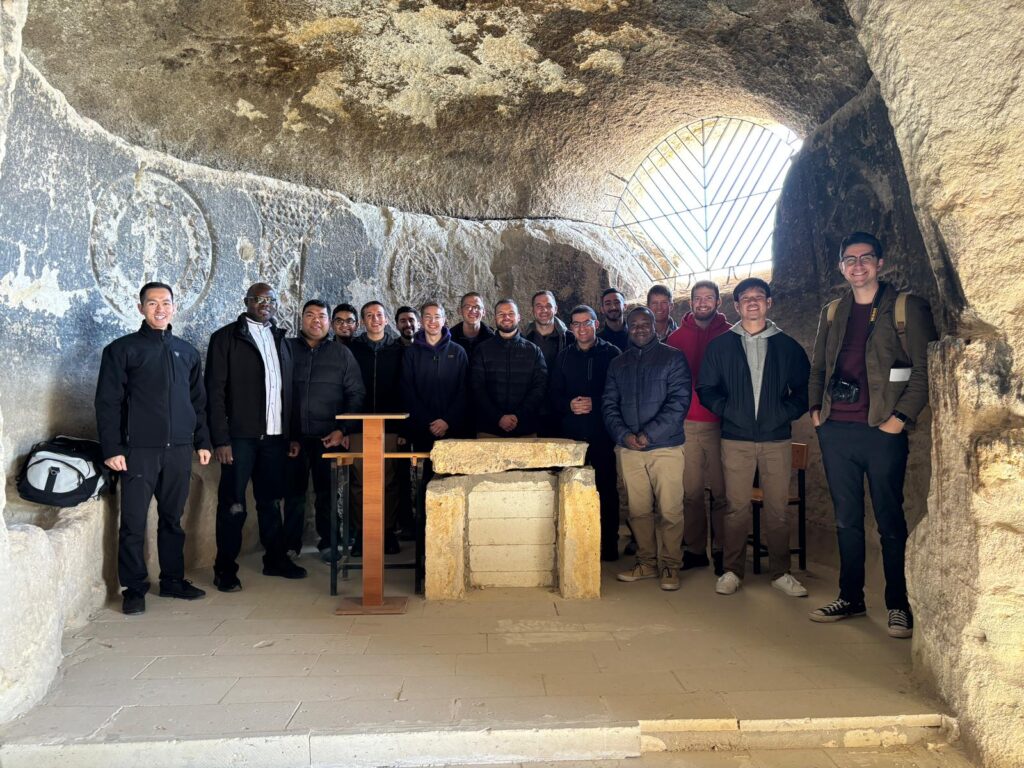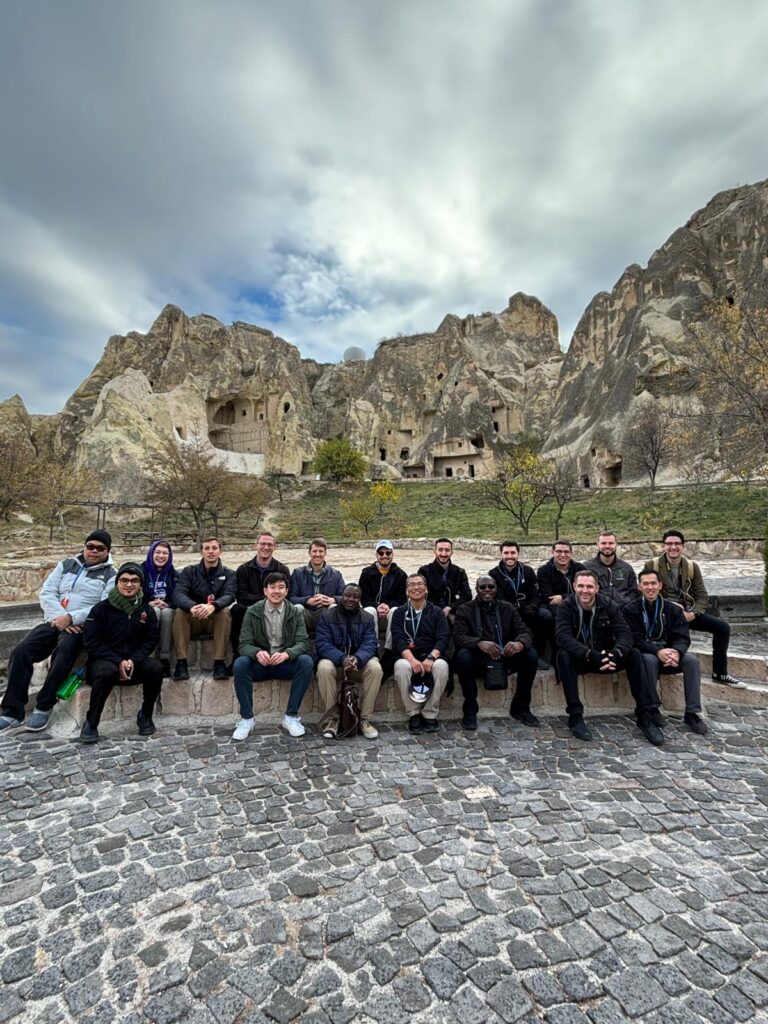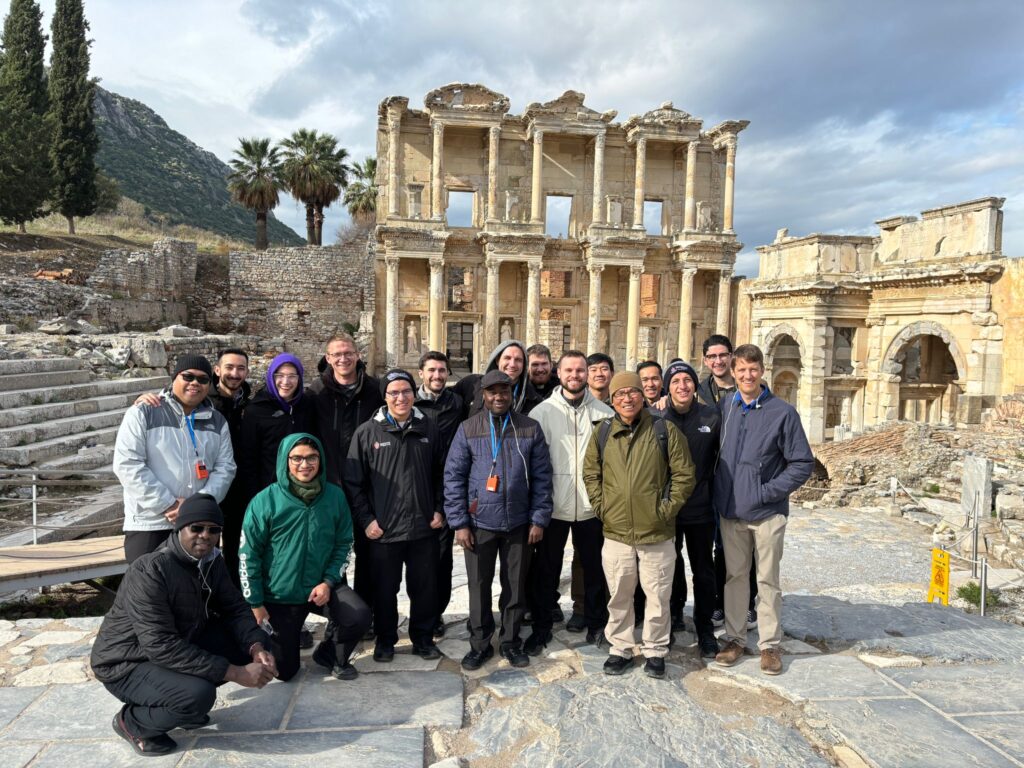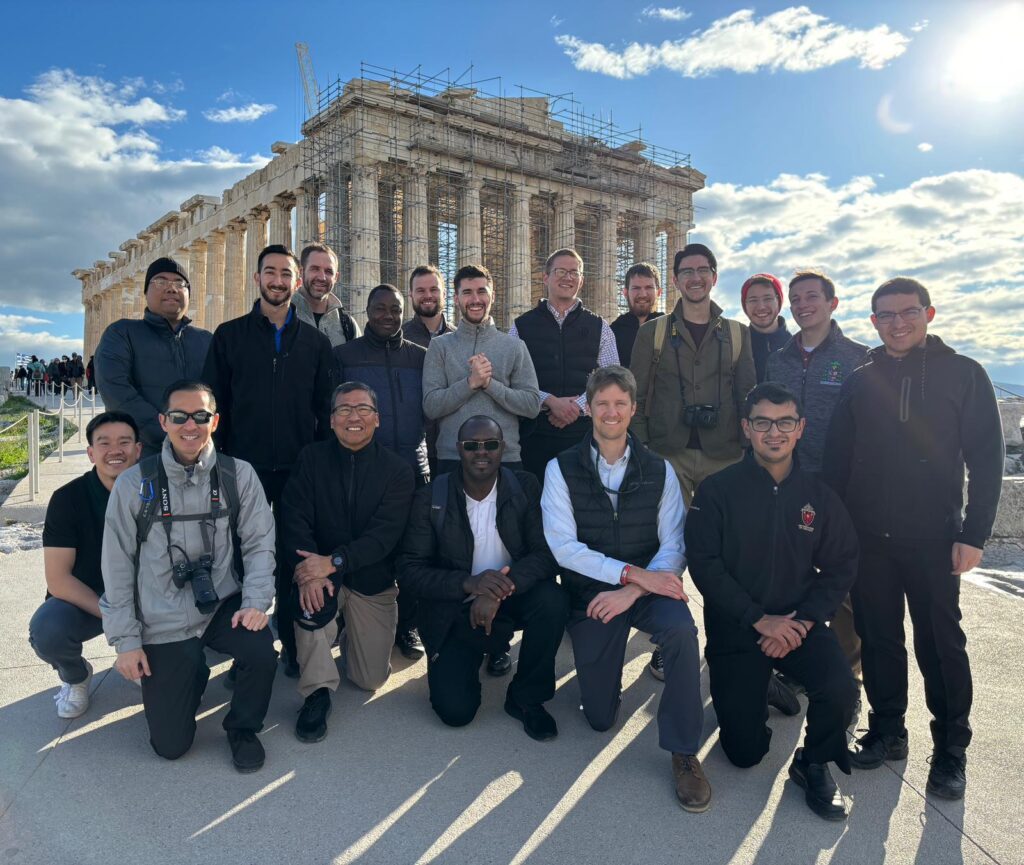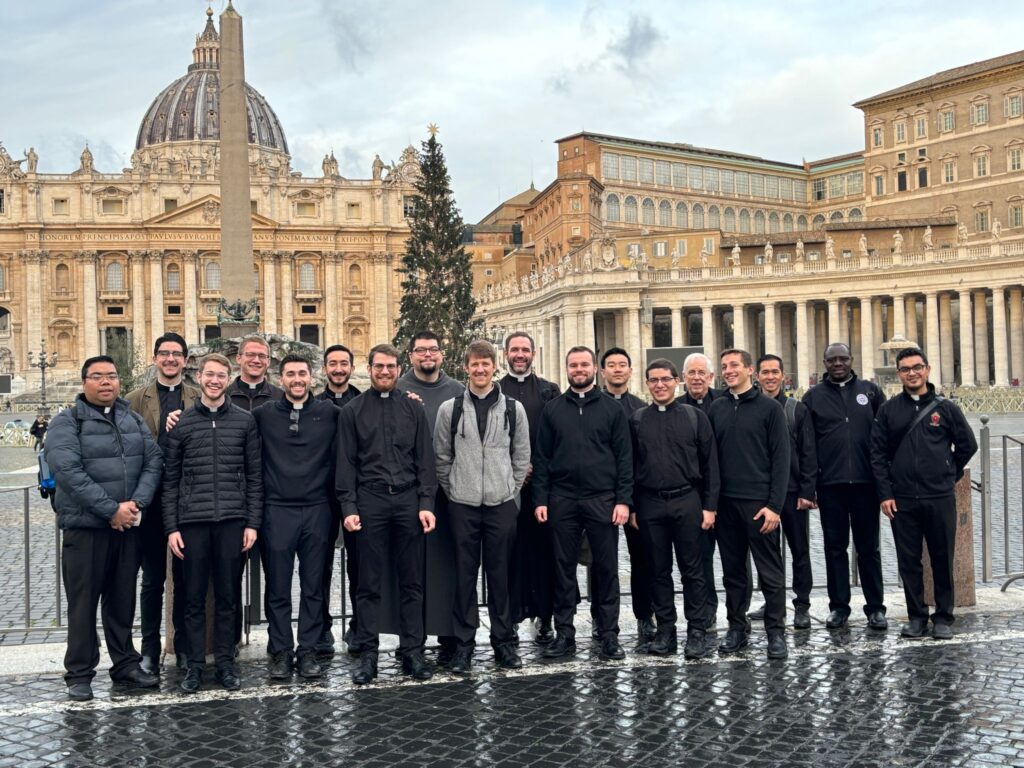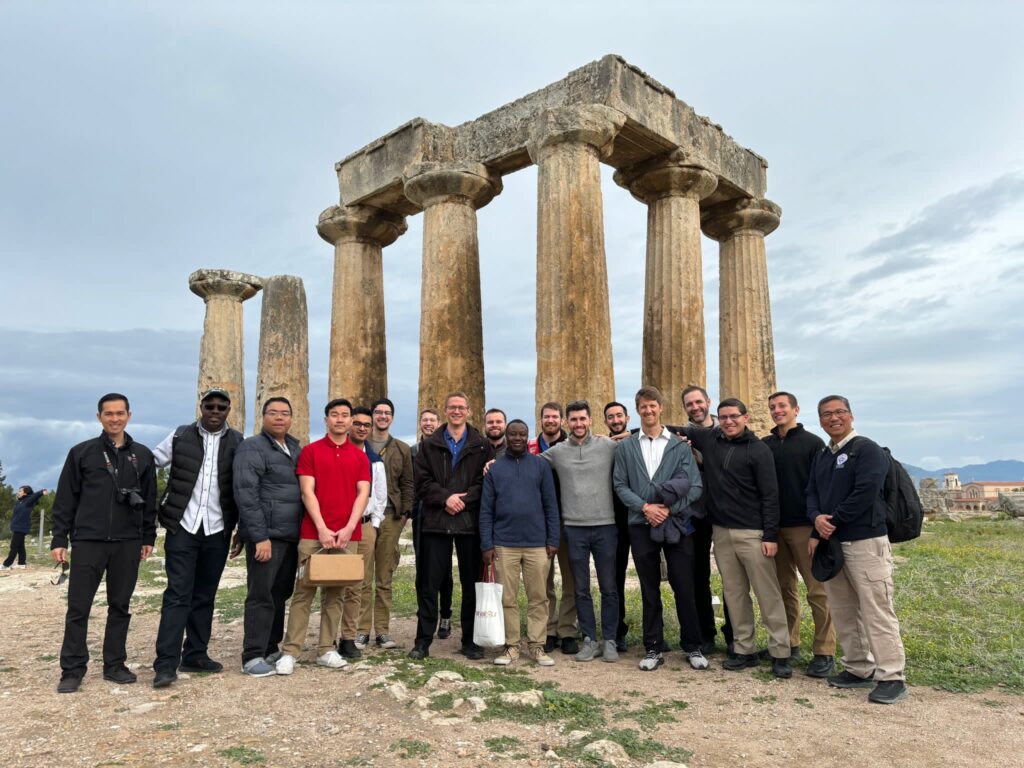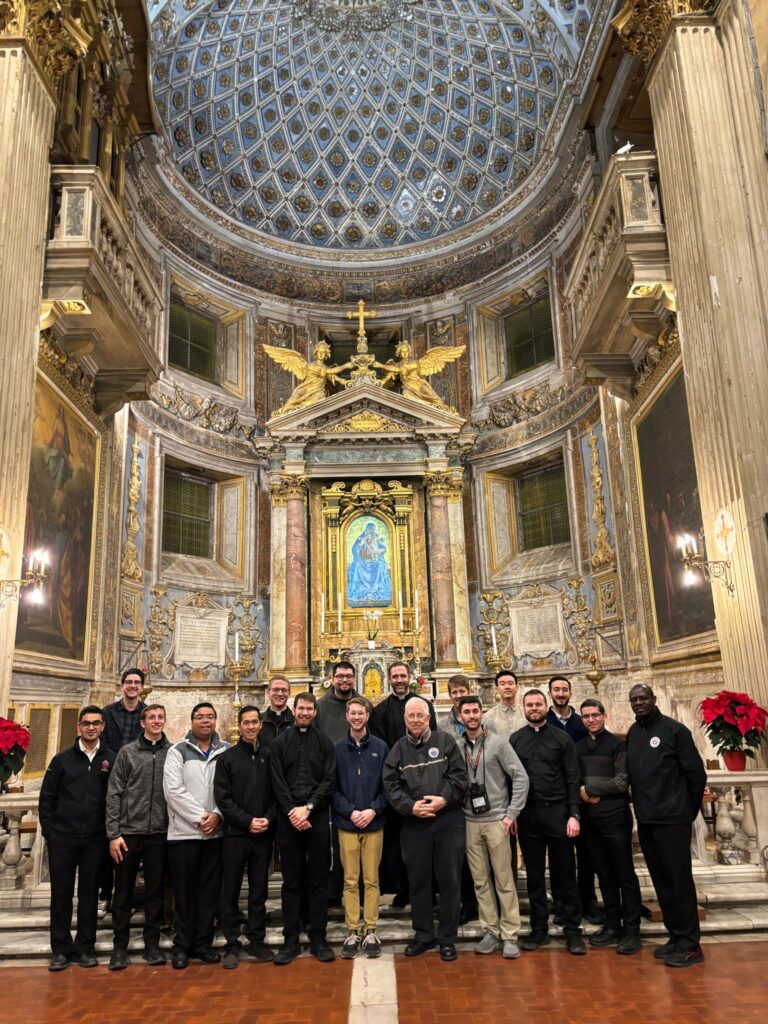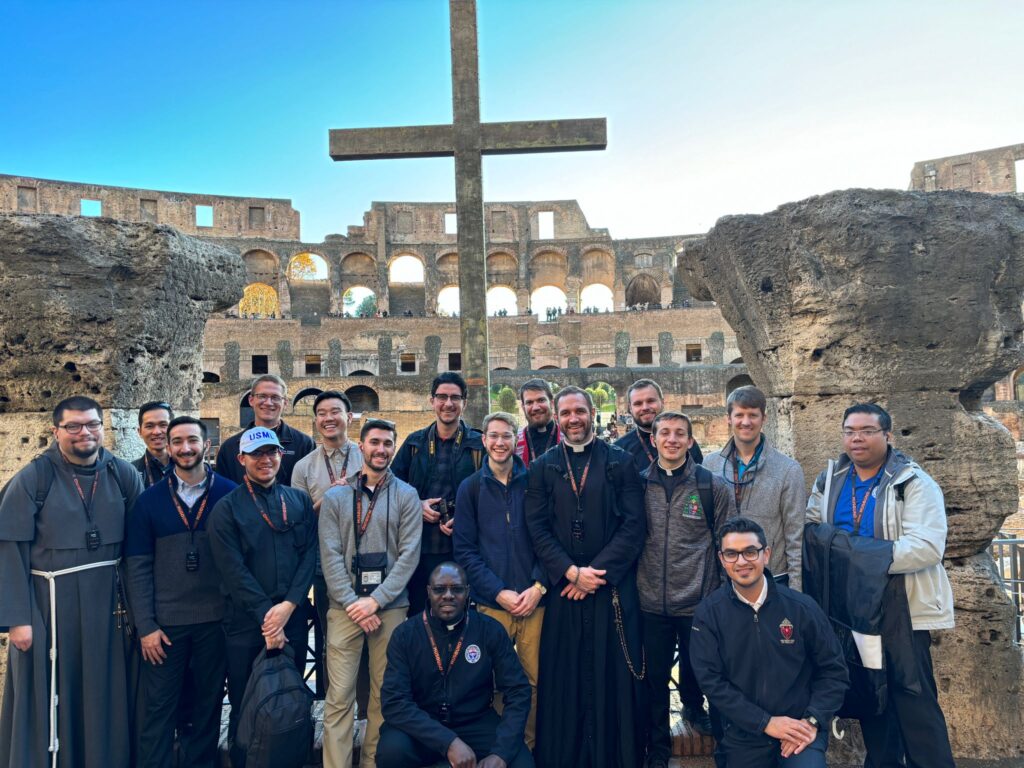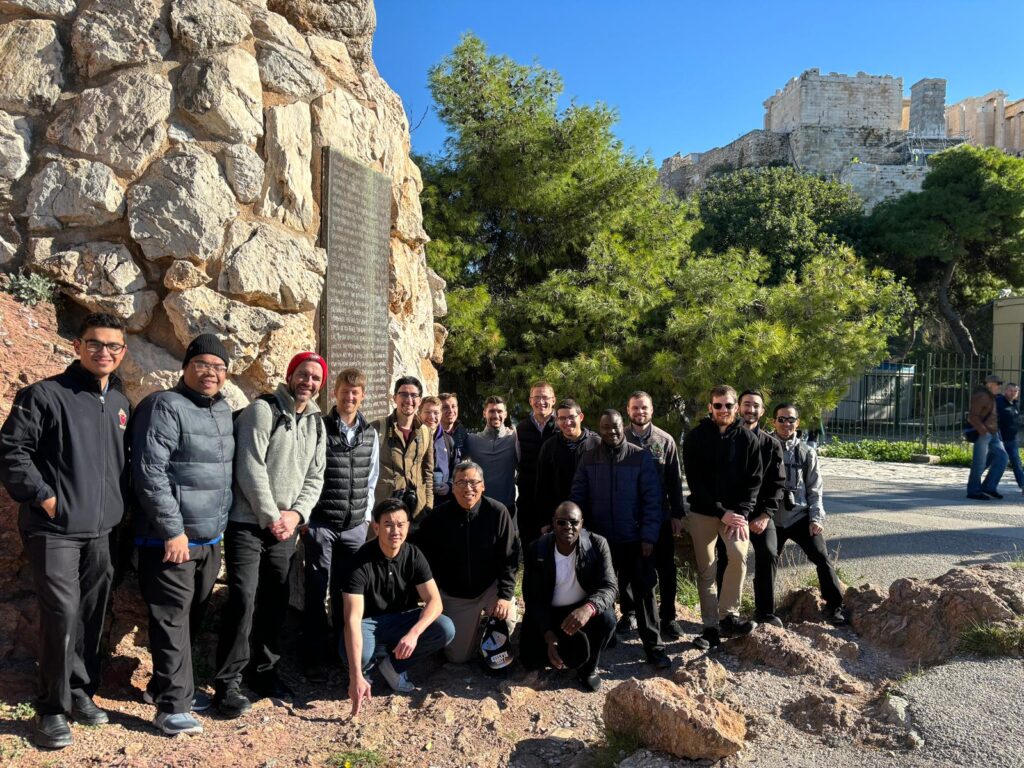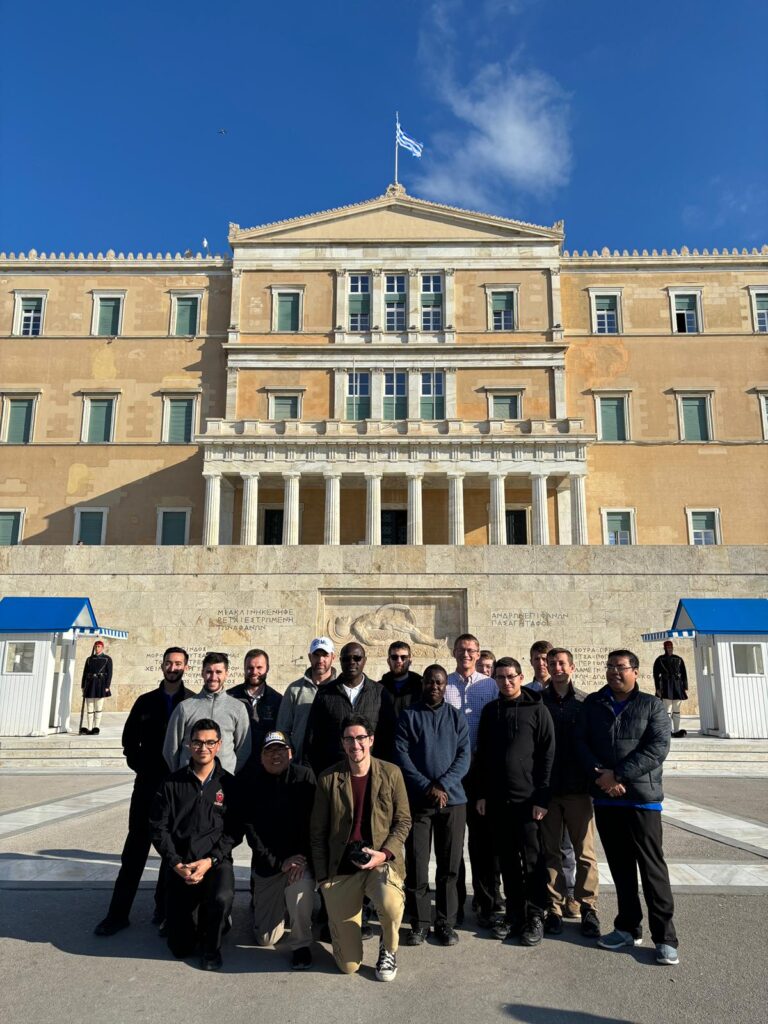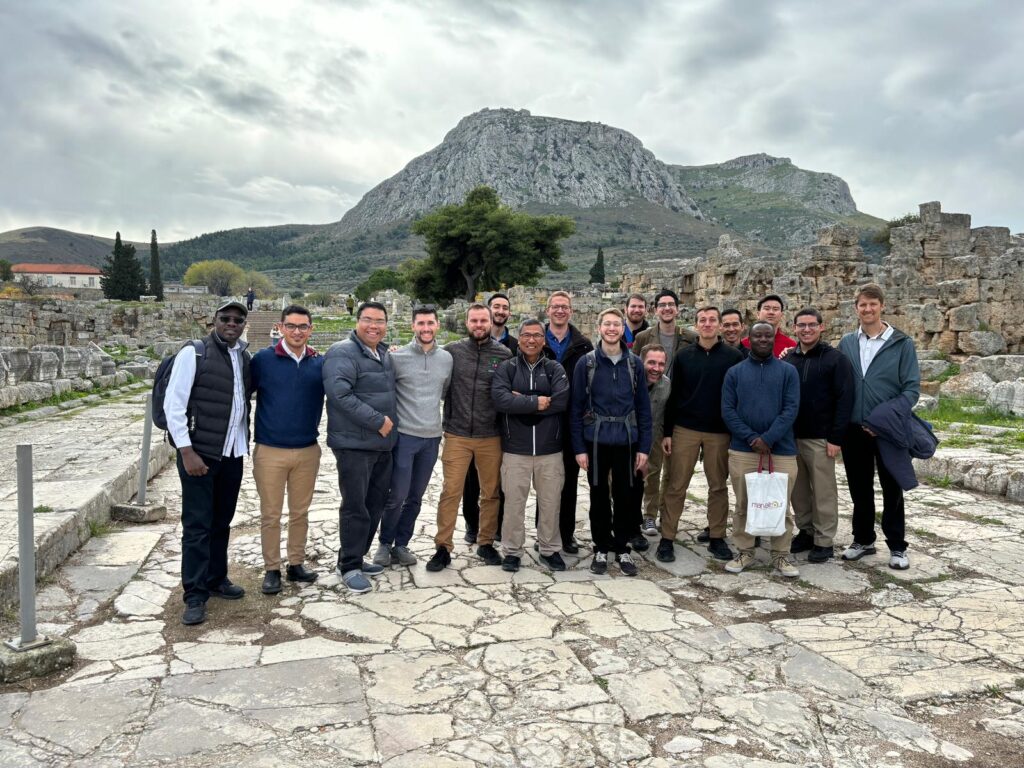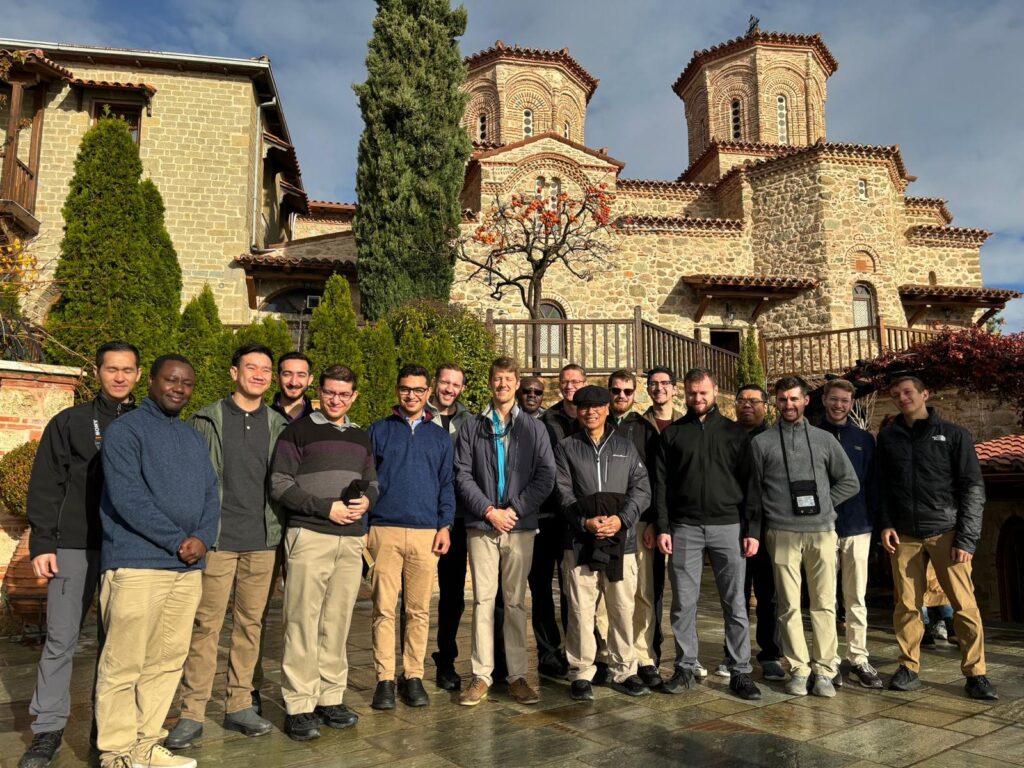



Through the support of our generous donors, our seminarians are embarking on a transformative journey of faith to trace the sacred footsteps of St. Paul on a pilgrimage like no other. This extraordinary journey will immerse seminarians in the rich tapestry of history and spirituality as they walk the path of the Apostle Paul through Turkey, Greece, and Italy.
This pilgrimage is more than a historical reenactment; it’s an opportunity for introspection, prayer, and spiritual growth. This is not just a journey—it’s an opportunity to deepen faith, and a chance to connect with the roots of Christianity.
You’re invited to join our seminarians on this sacred expedition by following along and read their blog throughout their journey.
Their travel schedule is as follows:
- Turkey (November 19 – December 3)
- Greece (December 3 – 9
- Italy (December 9 – 23
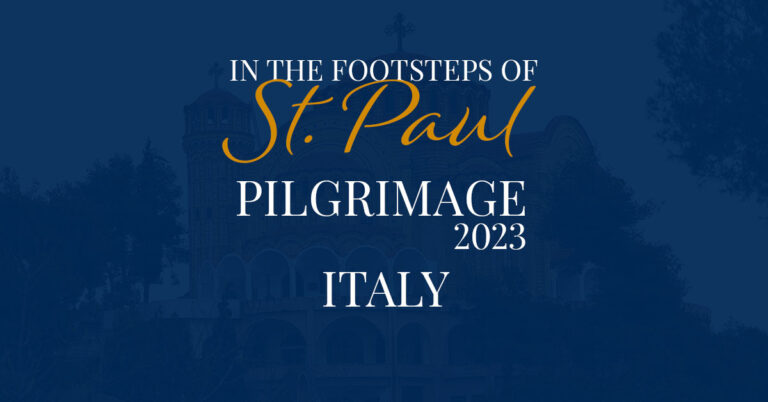
Finding God in Silence
After a long journey with meditation on the Footsteps of Saint Paul, going from Turkey, through Greece and ending up in Rome, I felt very low, tired, and empty. Deep in my heart I asked myself, “Perhaps God is asking me to go on a silent retreat!” And this is exactly happened when we arrived in Assisi. The retreat allowed me, together with my fellow seminarians, to set apart time for God by disconnecting from the very connected world. Going away to be alone with God was a beautiful experience.

Go Hard and Go Home
The seminarians were on a week-long silent retreat in Assisi, home to St. Francis, to prepare for the transitional diaconate ordination this summer. Assisi is a hilly city that can be explored on foot, and one will find stunning churches within a one-mile radius. The Basilica of St. Francis is one of the most famous churches in Assisi, and the saint’s tomb is located on the lower basilica of the property.

A Tale of Two Romes
We have just concluded our time in Rome with an audience from Pope Francis at the Vatican. This marked my third return to St. Peter’s in Rome. What has always surprised me about St. Peter’s is how remarkably well kept it is. The façade is clean and crisp, the colonnade stands tall and strong, adorned with statues of the early saints. Granted it underwent renovations during the Renaissance, but the point still stands.

Do you think St. Paul knew Mary?
We had just covered roughly 2,200 miles by bus across Turkey, but when we arrived in Greece it was this simple yet thoughtful question from a classmate that got me refocused on the Marian aspect of our pilgrimage. None of us could come up with a definitive answer, but in a sense the beauty of the mystery has helped me engage with our pilgrimage more.

Holy Steps
Today was an amazing day. We started with Lauds before heading out to the Holy Steps. These Steps were the steps Jesus ascended during his Passion when he was judged by Pontius Pilate, and they were moved from Jerusalem to Rome by St. Helena in the 4th Century.

Unknown Soldiers of Christ
We have just concluded our time in Athens, Greece and recently arrived in Rome. The final monument we visited in Athens before we departed was the Tomb of the Unknown Soldier, a memorial honoring all of the Greek soldiers who died in service to their country. It is guarded 24/7 by two Evzones, specially trained and handpicked soldiers of the Presidential Guard of the Greek Armed Forces.
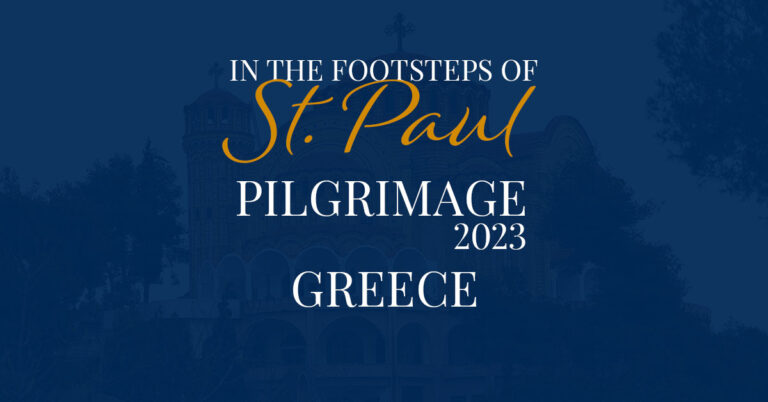
The True Tower of Ivory
It’s our last full day in Greece, and the day when we celebrate the Solemnity of the Immaculate Conception. Today we toured the city of Athens, hiked up to the Parthenon (an ancient temple dedicated to the goddess Athena) and visited the Areopagus on the same rocky outcrop, where St. Paul preached to the Athenians (see Acts 17:16-34).

“Hoping Against Hope” with the Saints
Why am I such a pessimist? There can be so much good circling around me everywhere, and I choose to focus on the bad. It’s very clear to me that Saint Paul was far from being a pessimist. My fellow seminarians and I are going through Acts of the Apostles with Fr. Kasule, reading about all the sites to which Saint Paul traveled.

The Christian Community
One of the things that has struck me the most on this pilgrimage so far is the intimacy the Christian community shared together during the early Church. It first occurred to me at the cave churches in Cappadocia while pondering the friendship of Basil and Gregory of Nazianzus and the tight knit communities and homes that the believers would have shared.
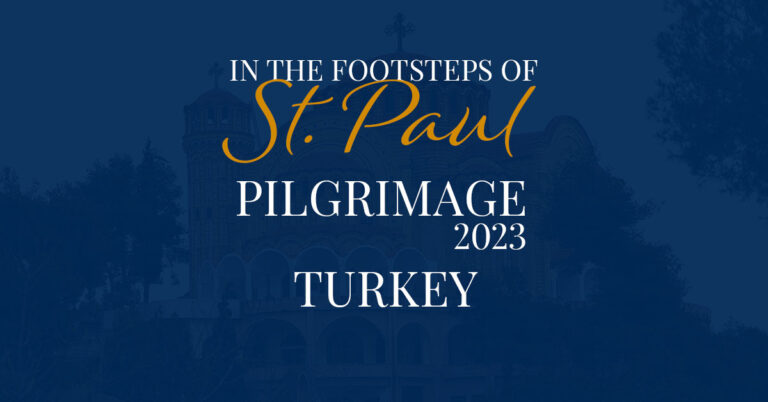
Travel Light
A good piece of advice that I learned from my friends who love to travel around the world is this phrase “travel light.” What is it exactly to travel light when you are going on a journey? What does it mean in our case going to a pilgrimage following the footsteps of St. Paul?

Seeing the Hand of God’s Providence
Yesterday, we continued our pilgrimage along the western coast of Turkey, taking in the beauty of the Aegean Sea from the top of the city of Assos, and concluding our travels for the day in the ancient city of Troas. It was from Troas that St. Paul set sail to continue his journey into Europe, bringing the good news of Jesus Christ into the West.

Ephesus
The ancient city of Ephesus was a major center of the Roman world. It was a port city with a population that was near 250,000. The city had streets were made of marble and had a library that was second only to the great library of Alexandria. In the city were many temples to the Roman gods, especially the goddess Artemis, whose name was repeated for two hours in the theatre when Paul tried to proclaim the gospel in Ephesus.

Laodicea and the Early Christian Community
Today, we visited Laodicea, one of the Churches mentioned in the book of Revelation (Rev 1:11, 3:14-22), and it was there that we were blessed to see the ruins of an early Christian community founded by St. Paul. The detail and artwork that went into these early churches was astounding, not only on an architectural level, but also theologically.

Our Visit to Antioch of Pisidia
Today, we were privileged to visit the ruins of the church where these words were proclaimed by St. Paul to the people of Antioch of Pisidia. As I was standing and looking around at the landscape that surrounds the ancient city in ruins, I was struck by the permanence of St. Paul’s words.

The Ancient Homes of Saints
When we were boarding our flight in Chicago to start our pilgrimage, there was an American there who asked about my USML hat. When I told him it was for Mundelein Seminary, he asked if we were going to be priests. I then told him we were going on pilgrimage to follow St. Paul. He asked, “Who’s St. Paul?”

Hagia Sophia
After our ~16 hours of airports and flying, we made it to Istanbul, our first stop on our 2023 Mundelein pilgrimage in the footsteps of St. Paul. Seeing as Istanbul is over 90% Muslim, like the rest of Turkey, and St. Paul never explicitly mentions stopping in the city, it might seem like a strange first place for us to visit.

